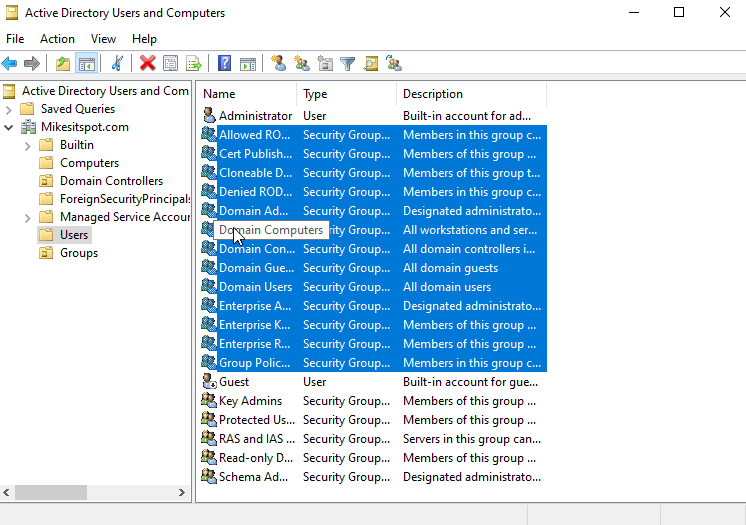How to Use a Raspberry Pi to Create a Cybersecurity Lab Environment
A Raspberry Pi is a versatile, low-cost computer that can be used for a variety of applications, including building a cybersecurity lab environment. In this article, we'll discuss how to use a Raspberry Pi to create a basic cybersecurity lab environment for learning and experimentation.
What You Will Need:
- Raspberry Pi (preferably a model 3 or higher)
- MicroSD card (16 GB or larger)
- Power adapter and USB cable
- Ethernet cable
- USB keyboard and mouse
- Monitor with HDMI cable
Step 1: Set up the Raspberry Pi
First, you'll need to set up your Raspberry Pi. You can download the Raspberry Pi operating system (Raspbian) from the official website and flash it onto the microSD card using a tool like Etcher. Once you have the microSD card ready, insert it into the Raspberry Pi and connect the power adapter, Ethernet cable, USB keyboard and mouse, and HDMI cable to your monitor.
Step 2: Install Required Software
Once the Raspberry Pi is up and running, you can install the necessary software for your cybersecurity lab environment. This can include tools like Nmap, Wireshark, Metasploit, and other network and security testing tools. You can install these tools using the command line interface (CLI) or a package manager like apt-get.
Step 3: Set Up a Virtual Network
To create a safe and isolated environment for experimenting with cybersecurity, you can set up a virtual network using software like VirtualBox or VMware. This will allow you to run multiple virtual machines (VMs) on your Raspberry Pi, each with its own operating system and network configuration.
You can follow the tutorial by David Bombal on how to install VirtualBox on your Raspberry Pi.
Step 4: Practice Cybersecurity Skills
With your cybersecurity lab environment set up, you can now begin practicing cybersecurity skills like network scanning, vulnerability assessment, and penetration testing. You can use your virtual network to simulate real-world scenarios and test your skills in a safe and controlled environment.
You can follow this tutorial by Null Byte to learn how to use Nmap to scan a network.
Step 5: Learn from Online Resources
There are many online resources available for learning about cybersecurity and practicing your skills. You can find tutorials, courses, and forums dedicated to cybersecurity, as well as online challenges and competitions to test your skills against others.
Two sources you can use to learn about cybersecurity are:
- Cybersecurity and Infrastructure Security Agency (CISA): CISA offers a wide range of resources on cybersecurity, including courses, training, and best practices.
- Hack The Box: Hack The Box is a cybersecurity training platform that offers online challenges and virtual labs to help users learn and practice their skills.
Conclusion
Using a Raspberry Pi to create a cybersecurity lab environment can be a fun and rewarding way to learn about cybersecurity and practice your skills. With the right software and setup, you can simulate real-world scenarios and test your skills in a safe and controlled environment. So if you're interested in learning about cybersecurity, consider using a Raspberry Pi to build your own lab environment and start exploring the world of cybersecurity today.

Comments
Post a Comment